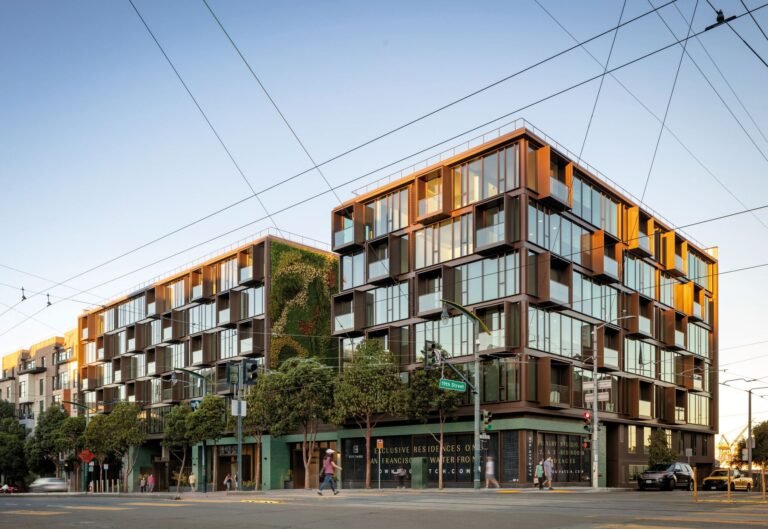Inside a Country Chic Farmhouse Compound That Was Inspired by English Cottages
When a Washington, D.C.–based tutor stumbled upon a 100-acre property outside of the city at the height of the pandemic, it was love at first sight. The historic compound had an original farm-fresh feel that she wanted to update with charming furnishings.
Three years earlier, the client in question had completed a gut renovation of her Arts and Crafts home with Cameron Ruppert Interiors. She turned to the decorator again for help replicating that same aesthetic in this project—which Ruppert refers to as “bold maximalism.” Architect Suzie O’Brien and Jeffco Development were also integral to the process.
“She didn’t want it to feel like a brand-new house that she’d gutted, but rather [one that was] layered on top of the original,” Ruppert explains of her client. “I knew from working together before that she loves dimension and tons of patterns and color, but she wants it to last. It had to be timeless.”
In relocating to the farm full-time, the homeowner sold “almost everything” from her D.C. home. That meant embracing the property’s four separate structures as their own clean slates and imbuing each with its own distinctive purpose, be it a study area or guest quarters. Ruppert took advantage of the relatively small footprint of each dwelling to install unique elements that would be “too much” for an open-plan house.
Needlepoint-fronted cabinetry, one all-yellow area, pink-painted wood floors, and no shortage of U.K.–imported textiles quickly followed. “If we didn’t reinvent the wheel, it’s because we wanted it to feel original,” Ruppert says, pointing to the deliberate choice to paint the walls and trim the same shade in every room, rather than use contrasting white trim. “It’s not perfect. The walls aren’t a level 5 finish, but that’s okay. It all felt right in this house.”
Throughout the two-year process, Ruppert “edited endlessly” to create an English cottage–inspired “hodgepodge” of furnishings and decor. She waited for four months after the furniture was installed to add what she calls the “top layer” of accessories, mirrors, and the like to ensure it’d feel collected and not overly designed. That led to swapping art for a mirror over the fireplace in the main house living room so as not to distract from other art in the space.
“It’s hard to anticipate when you’re so far into a project,” Ruppert says. “I needed to see it come together and let it play out to get a fresh perspective. A lot of people might think, This doesn’t go together, but it does once you see the finished product. Given the house and what the client wanted, this turned out to be the right approach.”



